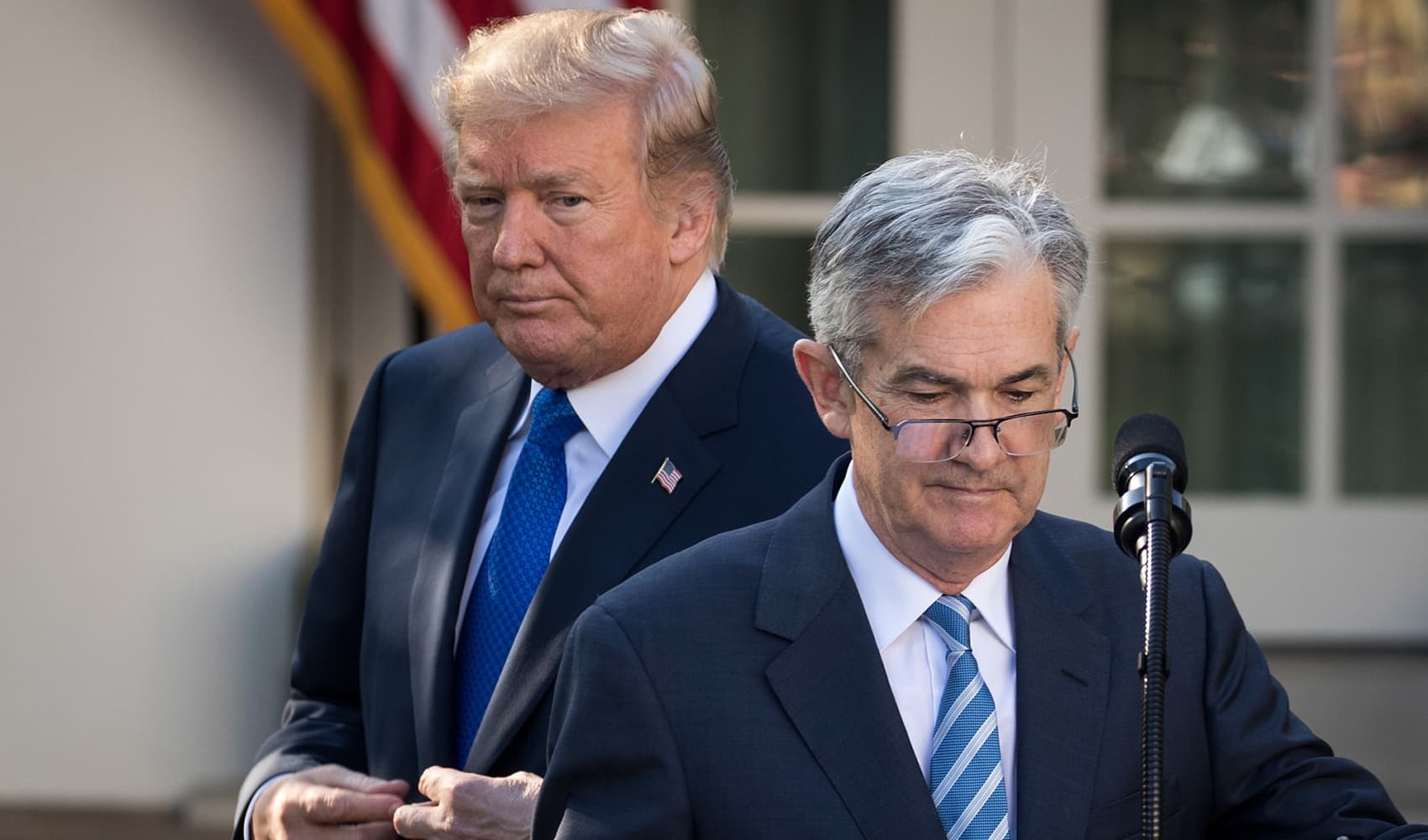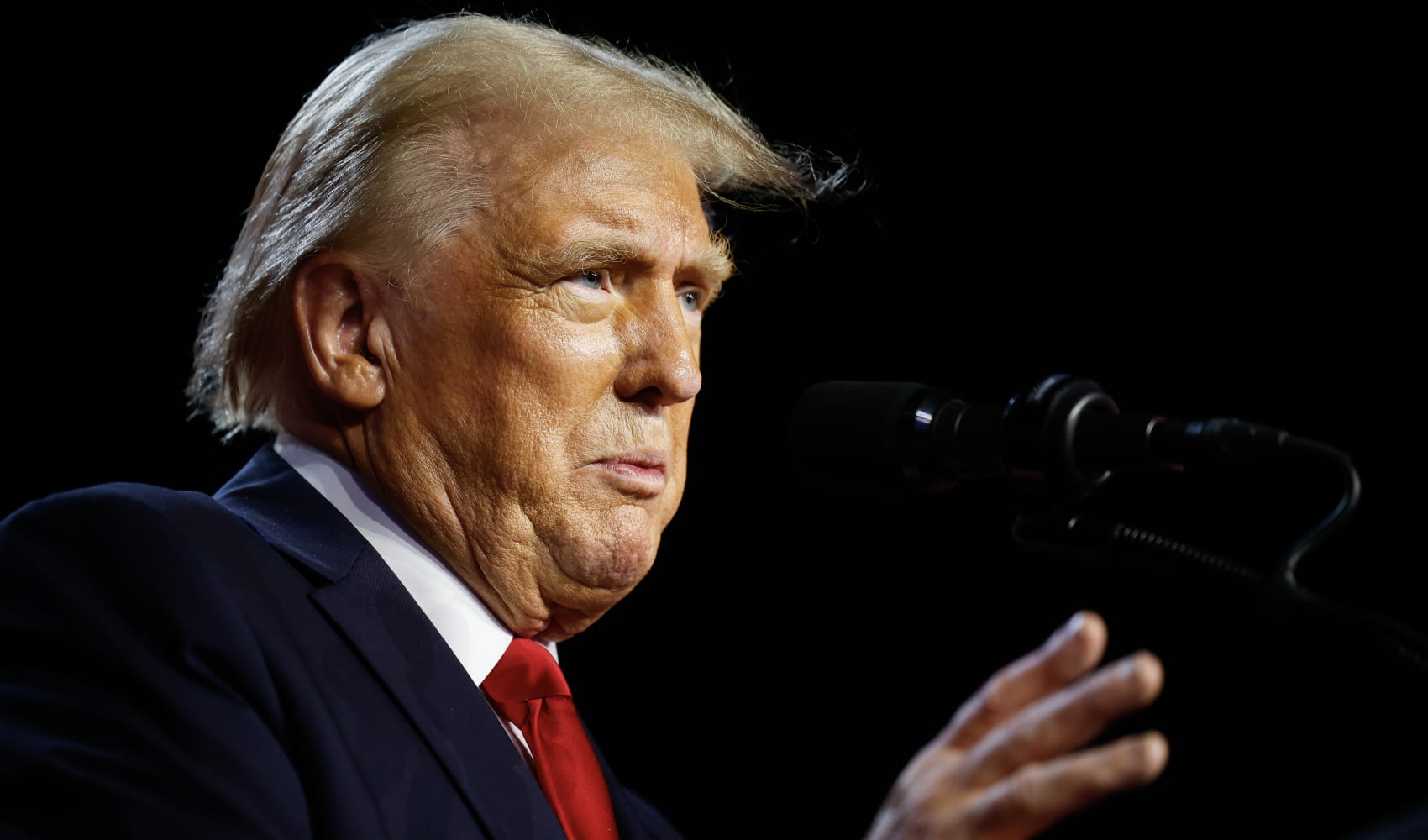
- Nonfarm payrolls expanded by 272,000 for the month, up from 165,000 in April and well ahead of the Dow Jones consensus estimate for 190,000.
- The unemployment rate rose to 4%, the first time it has breached that level since January 2022.
- Job gains were concentrated in health care, government, and leisure and hospitality, consistent with recent trends.
- Average hourly earnings were higher than expected as well, rising 0.4% on the month and 4.1% from a year ago.
The U.S. economy added far more jobs than expected in May, countering fears of a slowdown in the labor market and likely reducing the Federal Reserve's impetus to lower interest rates.
Nonfarm payrolls expanded by 272,000 for the month, up from 165,000 in April and well ahead of the Dow Jones consensus estimate for 190,000, the Labor Department's Bureau of Labor Statistics reported Friday.
Get top local stories in San Diego delivered to you every morning. Sign up for NBC San Diego's News Headlines newsletter.
At the same time, the unemployment rate rose to 4%, the first time it has breached that level since January 2022. Economists had been expecting the rate to stay unchanged at 3.9% from April.
The increase came even though the labor force participation rate decreased to 62.5%, down 0.2 percentage point. The survey of households used to compute the unemployment rate showed that the level of people who reported holding jobs fell by 408,000.
Money Report
"On the surface, [the report] was hot, but you've also got a bigger drop in household employment," said Liz Ann Sonders, chief investment strategist at Charles Schwab. "For what it's worth, that tends to be a more accurate signal when you're at an inflection point in the economy. You can find weakness in the underlying numbers."
A more encompassing unemployment figure that includes discouraged workers and those holding part-time jobs for economic reasons held steady at 7.4%.
The household survey also showed that full-time workers declined by 625,000, while those holding part-time positions increased by 286,000.
Job gains were concentrated in health care, government, and leisure and hospitality, consistent with recent trends. The three sectors respectively added 68,000, 43,000 and 42,000 positions. The three sectors accounted for more than half the gains.
Other significant growth areas came in professional, scientific and technical services (32,000), social assistance (15,000), and retail (13,000).
Regarding wages, average hourly earnings were higher than expected as well, rising 0.4% on the month and 4.1% from a year ago. The respective estimates were for increases of 0.3% and 3.9%.
Stock market futures lost ground while Treasury yields surged after the report.
"One step forward, two steps back. Today's data undermines the message that other recent economic data have been giving of a cooling U.S. economy, and slams the door shut on a July rate cut," said Seema Shah, chief global strategist at Principal Asset Management. "Not only has jobs growth exploded again, but wage growth has also surprised to the upside, both moving in the opposite direction to what the Fed needs to begin easing policy."
Previous months' reports saw small revisions: The March gain dropped to 310,000, down 5,000, while April's saw a cut of 10,000 to 165,000.
The report comes with investors on edge over how long the Fed will hold its benchmark borrowing rate at the highest level in some 23 years. In recent weeks, policymakers have indicated a reluctance to cut anytime soon as inflation remains above the central bank's 2% target.
The report was "certainly hawkish" from the Fed's perspective, Sonders said, meaning that the data would make it less likely that the central bank will reduce rates anytime soon.
Following the jobs report, traders in the fed funds futures market reduced the possibility of a cut in September to about 56%, according to the CME Group's FedWatch measure. That was down about 12 percentage points from Thursday. The market-implied probability of a second move lower in December fell to about a coin flip after being around 68% a day ago.
The Fed has not lowered rates since the early days of the Covid pandemic in 2020 and hiked 11 times between March 2022 and July 2023. The benchmark federal funds rate is currently targeted between 5.25%-5.5%.






